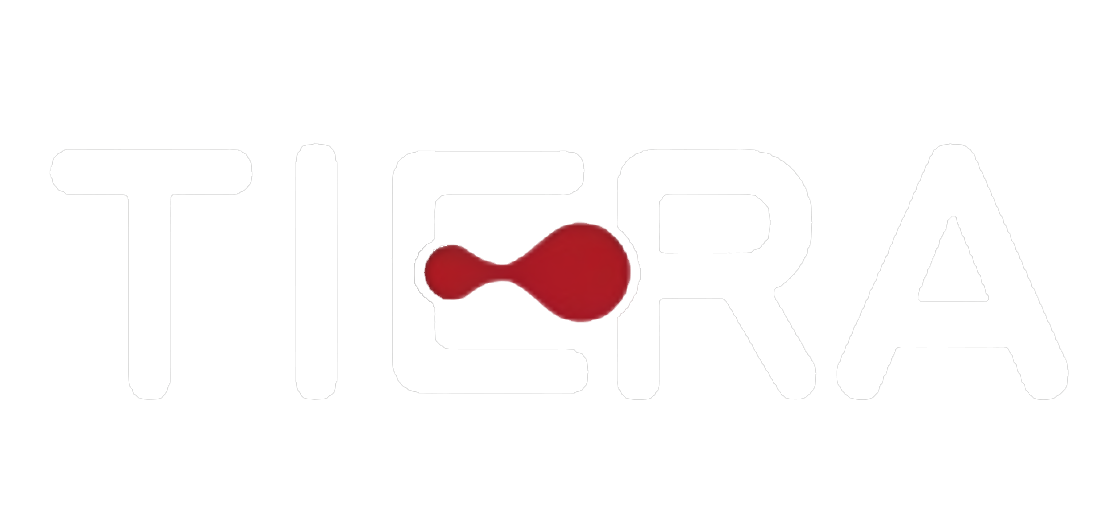Використання полі-Л-молочної кислоти (PLLA) зросло як PLLA практикуючий наповнювач в естетичній медицині через захоплюючі переваги як пацієнту. В основному PLLA стимулює вироблення колагену в організмі пацієнта. Таким чином, в цьому тексті будуть проаналізовані переваги і маркетинговий потенціал PLLA в естетичних методах лікування, а також безпека, ефективність та задоволення пацієнтів.
Механізм PLLA і його застосування
PLLA є біосумісним полімером, який також є швами та іншими медичними приладами. Що стосується колагеностимулюючих ефектів ПЛЛА, його естетичне використання покращує текстуру та якість шкіри, додає об'ємний підйом і омолоджує. Як вже було сказано раніше, PLLA, на відміну від інших наповнювачів, не має миттєвого ефекту. Це може розглядатися як перевага для деяких пацієнтів, які віддають перевагу легкому і повільному пом'якшенню рис.
Продукти PLLA: результати можуть тривати більше двох років
Продукти PLLA мають чіткий перевагу при порівнянні результатів з результатами класичних наповнювачів. У таких умовах цільові пацієнти, які хочуть досягти результатів протягом більш тривалого періоду часу. Крім того, пацієнти, які проходять лікування PLLA, також не будуть так легко вважатися "надмірно витісненими" наповнювачами, оскільки PLLA забезпечує збереження природного і молодого зовнішнього вигляду протягом довгого і грациозного старіння.
Зменшення факторів ризику
Перше, що має місце в медичних процедурах, особливо при косметичних процедурах, - це безпека і благополуччя пацієнта. У минулому продукція, що містить ПЛЛА, була безпечною, особливо в естетичній медицині. Клінічні випробування довели, що його застосування в області обличчя, шиї та деколата було ефективним і безпечним. PLLA вважається біосумісним матеріалом, що означає, що його безпечно використовувати внутрішньо і навряд чи викликати реакцію на надчутливість. Використання PLLA становить менший ризик для безпеки пацієнтів, оскільки це біопродукт і повільно засвоюється організмом. Це значно зменшує ризик ускладнень, які часто спостерігаються при використанні постійних наповнювачів.
Гнучкість у використанні лікування
Продукти PLLA можуть використовуватися в різних процедурах. Крім того, що PLLA збільшує об'єм храмів і щочок, вона покращує еластичність шкіри і допомагає при тонких лініях і зморшках. Крім того, PLLA добре працює з ботоксом і наріжальніми засобами з гіалуроновою кислотою, а також процедурами при підтягуванні обличчя. Цей спектр застосувань є досить цінним у випадку PLLA.
Вирішення конкретних проблем
При ПЛЛА пацієнти зазвичай вважають, що найбільш помітною проблемою є опустиття шкіри та втрата об'єму. З деякими продуктами PLLA, практикуючий може виправити розслабленість шкіри та втрату об'єму з посиленим колагеном синтезу та контурування, щоб зробити шкіру гладкішою і м'якішою. При PLLA стимуляція колагену означає, що шкіра продовжує поліпшуватися після початкового лікування.
Попередження і заплановані поліпшення
У естетичній медицині косметичний згляд розвивається в більш лінійну і поступову трансформацію, яка з часом більш доповнює шкіру. Очікувана і вже зростаюча популярність продуктів, виготовлених з ПЛЛА, є корисною як для лікаря, так і для пацієнта. Є оптимізм, що продукти PLLA, зроблені для естетичної медицини, будуть більш триумфальними, ніж інші дослідження, які PLLA використовує в естетичній медицині контур тіла, що може поліпшити їх прийняття. Тенденції до менш інвазивних процедур будуть посилені сприйняттям PLLA як менш інвазивних в період післяопераційного одужання.
Нарешті, проблеми самооцінки в естетичній медицині підкреслюють міцнішу основу для естетичної медицини, особливо з продуктами, зробленими з PLLA, оскільки їх безпека добре встановлена, а технологія зосереджена на задоволення пацієнта. Таким чином, пацієнти підвищують свою самооцінку безпечніше і безпосередньо за допомогою поліпшень.


